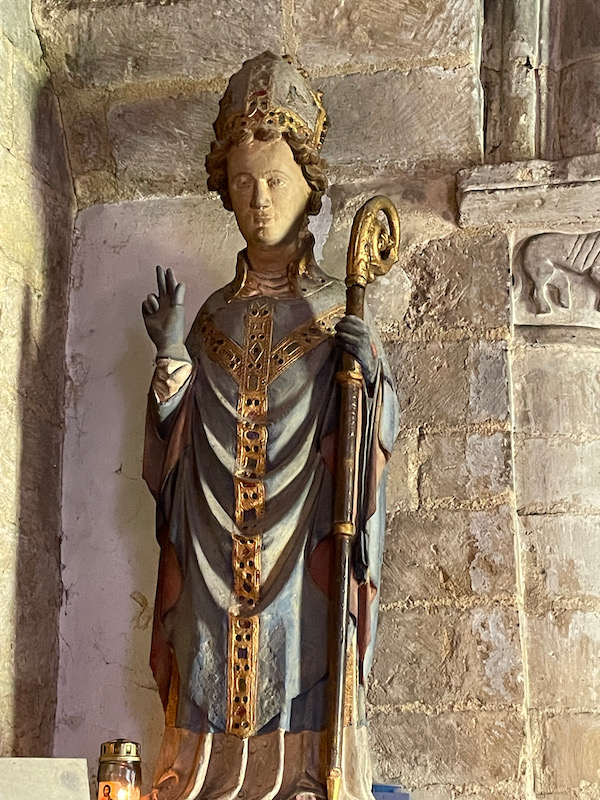Our Blog - Normandy 2023 - Saint-Vaast-le-Hougue, France
The name of the village of Saint-Vaast-la-Hougue comes from the Norman saint of Saint Vedast (the Saint-Vaast part) and the old Norse word "haugr"(the la Hougue part) which means a promontory or mound. Originally, the village consisted of only a few hovels erected around a church built near a small port. In 896, Rollo, a Norman hero and the first Duke of Normandy (912-927), chose Saint-Vaast-la-Hougue as his headquarters and donated relics brought back from Flanders to his church.
We parked and then started a walk down the peninsula to the Vauban tower and the fortifications on the point. The bay here held great importance under the reign of Louis XIV. Enemy raids on the coastline had intensified during the war of the League of Augsburg (1688-1697). In 1692, after a horrible lost battle, it was decided that the area needed additional protection. Vauban was told to strengthen the defense of Saint-Vaast, which started in 1693 with the building two towers to protect the bay, thereby making any landing impossible. One is here on the peninsula and the other is out on an island across the bay. They were completed in 1699 and 9 years later, the English failed in an attempted to take the peninsula, proving that the fortifications were a success.
The tower is 20 meters tall with 6 different firing stations around the top. You can see the walls of the fortifications, but note the round and flatter tower in the 2nd picture on the right-hand side. That (among with a few others) seem to be more recent, and look more like what the Germans would have built when they occupied this part of France.
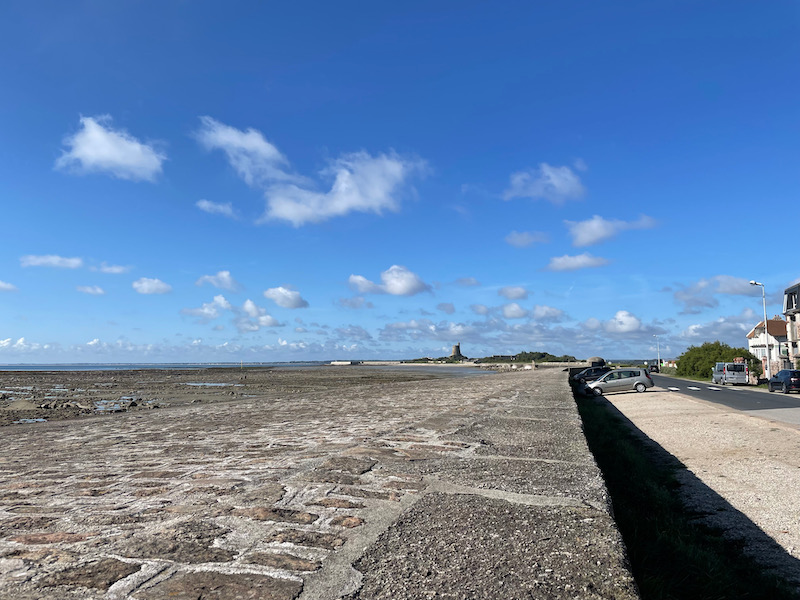
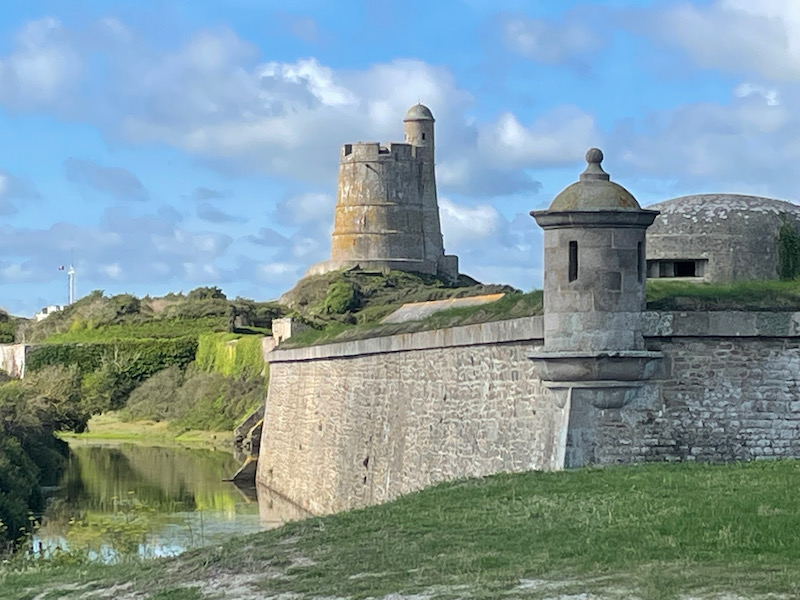
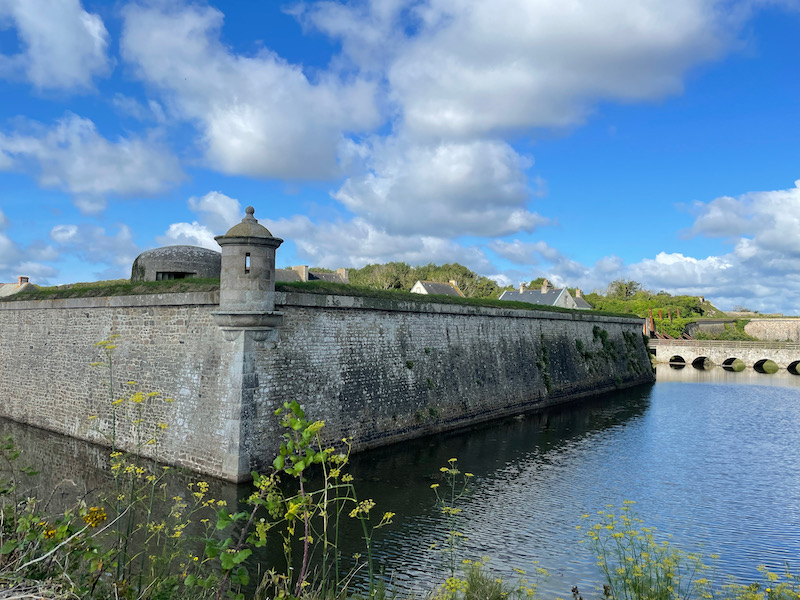
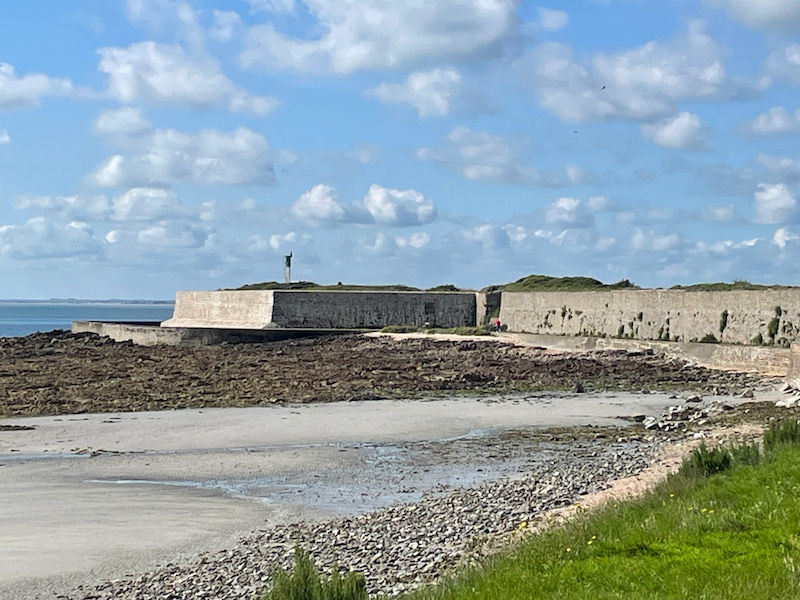
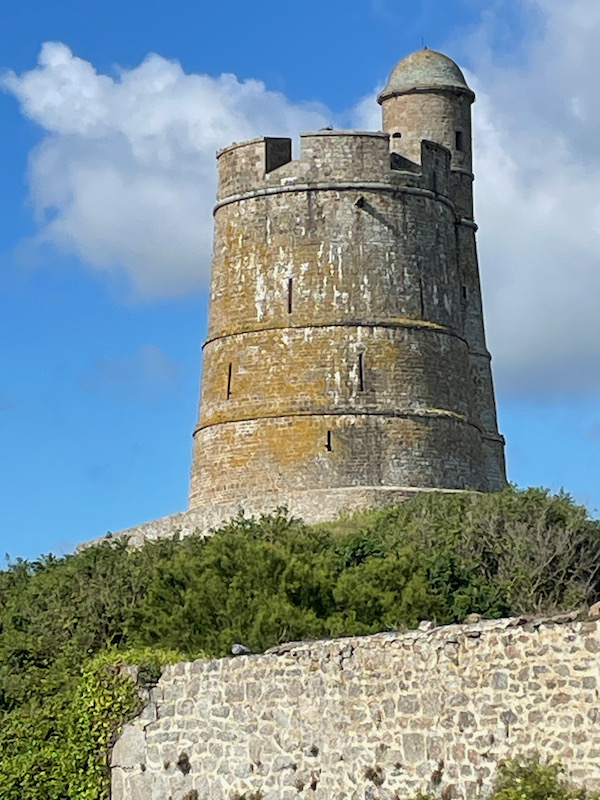
And across the bay, you can see another tower that looks similar, which is on Tatihou Island.
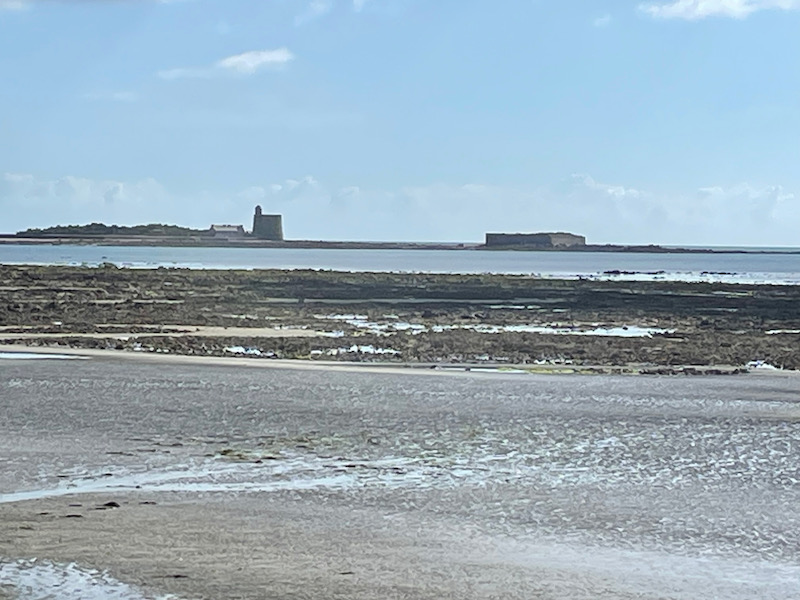
The Sailors Chapel is dedicated to those who have perished at sea. The Romanesque apse dates back to the 11th century and the vaulted choir dates to the 12th century. The rest of the church was demolished in 1864 when a larger parish church was built, leaving this and a small cemetery. You can see plaques on the right and left walls ... these are in memory of people who have died at sea, some of them as recent as 2021.
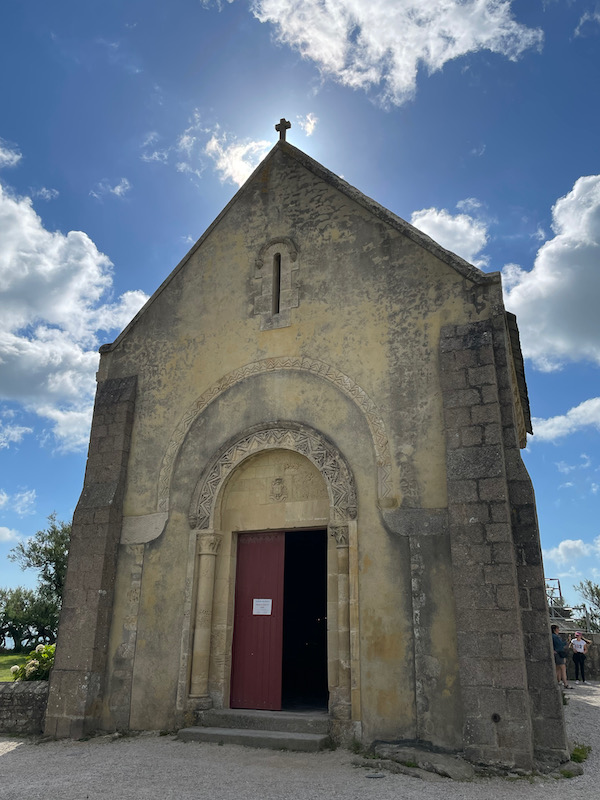
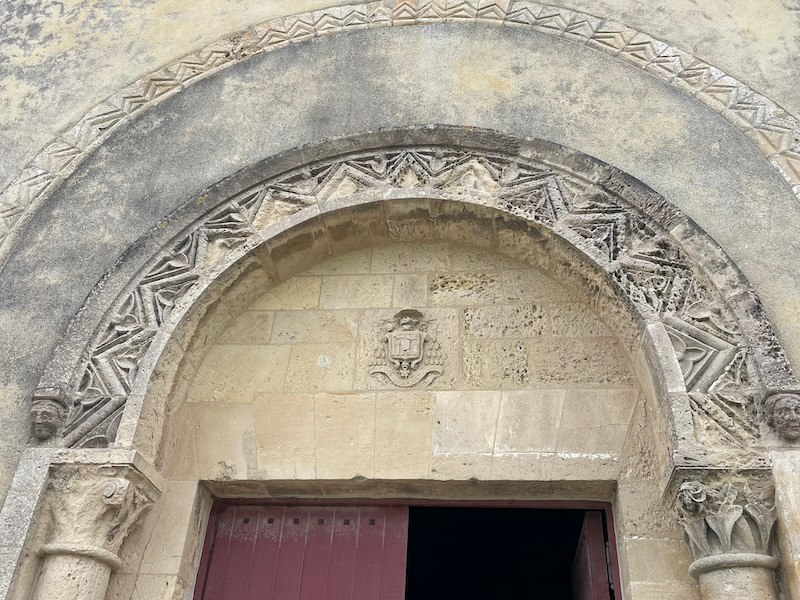
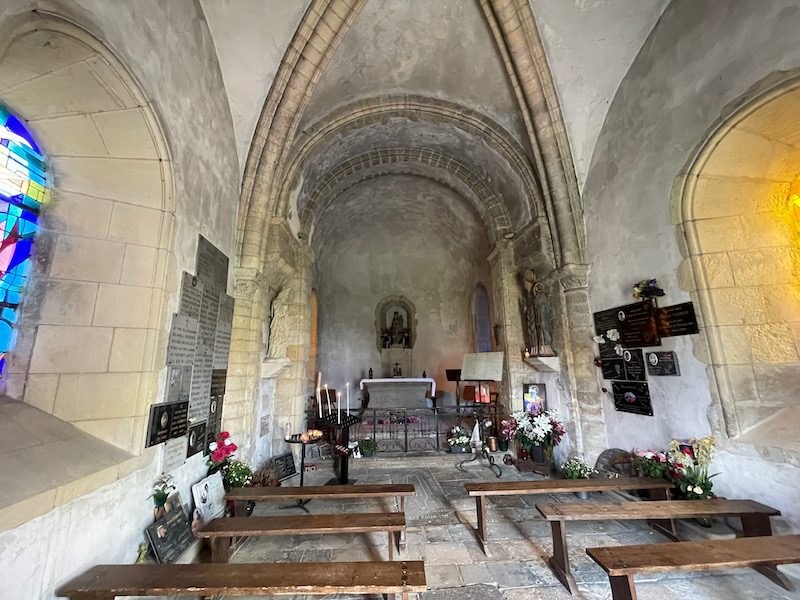
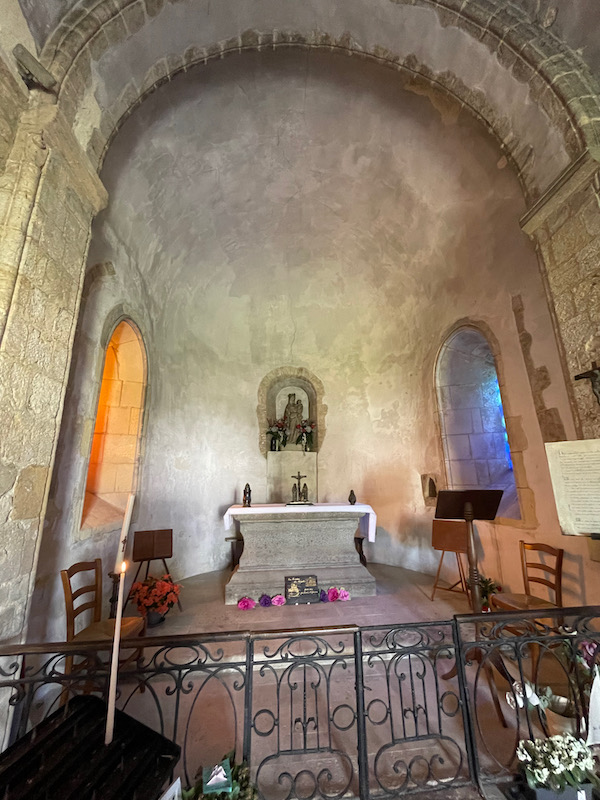
A polychrome statue of Saint-Vaast (or Saint Vedast) from the 16th century. His miracles tended to revolve around curing the blind.
